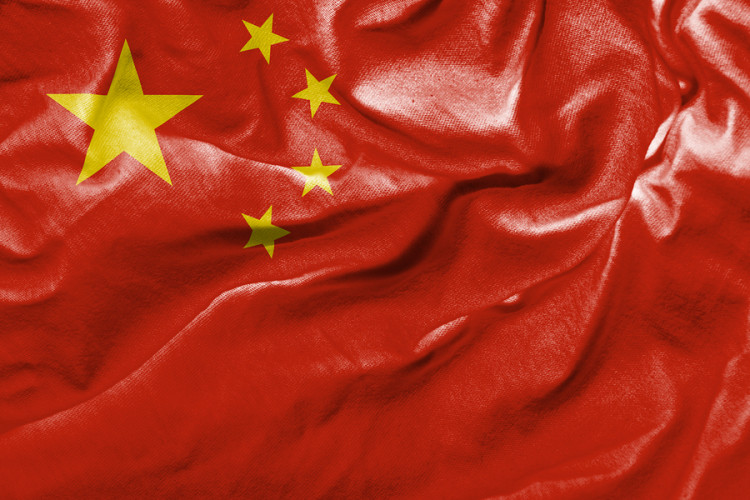China Is Building Its Way to a Regional Empire: Noah Feldman

(Bloomberg View) —The American obsession with President Donald Trump and the investigation into untoward Russian influence is distracting us from China’s bid to displace the U.S. when it comes to global leadership. The latest major step is the “Belt and Road” initiative, which officially kicked off this week.
Aimed at building infrastructure to connect China to a range of Asian countries, it’s sometime described as a Marshall Plan. But that analogy doesn’t go far enough. Infrastructure is how you dominate. Thus, Belt and Road is more like the 19th-century creation of railroads across continents — or an effort to build an Eisenhower Interstate System for an entire region of the planet.
China hopes for economic benefits, to be sure. But its geostrategic ambitions are equally or more important to Belt and Road. While Trump turns the U.S. inward — and while the frozen U.S. political system can’t even agree on domestic public works spending — China is using infrastructure to assert global leadership.
This leadership ambition alone can explain why China is willing to take the significant economic risk of overstretch and failed projects, as well as the political risk of getting caught up in some messy countries. Those risks are part of becoming a global superpower, as every student of British or U.S. history knows. Imperial rise inevitably includes lots of trial and error, and lots of waste. What’s distinctive about China’s bid is that it doesn’t (so far) involve much spilled blood.
The model for President Xi Jinping’s attempt to make China great again is explicitly historical. It’s loosely based on the old Silk Road, overland from China to Europe, and on ancient maritime trade routes that run to Africa and Europe. But Xi has no qualms about expanding on the antecedents. The opening ceremonies for Belt and Road had delegations from 110 countries, far more than lie along those old trade paths.
What’s so clever about the Silk Road branding is that the Chinese empires of old didn’t for the most part seek to expand along the trade routes. Sure, the Chinese emperors had tributaries, like the kings of Korea. And China’s cultural influence was enormous, such that the “Sinosphere” exerted soft power far beyond the empire’s sovereign bounds. But for complex reasons connected both to governing philosophy and to the practical challenge of running what was already a far flung set of domains, the Chinese empire didn’t seek Roman-style expansion.
Today, China’s “peaceful rise” is also associated primarily with economic growth rather than the assertion of military force. That’s one of the reasons that countries are so eager to get on board with infrastructure investment on a grand scale. China can (and does) say that it wants to be a different kind of global superpower, one that relies on building rather than bombing.
But the reality is that geopolitics and economics can’t be so neatly divided. U.S. domination in the post-World War II period has relied on elements of both. The Marshall Plan was intended to take the European countries that had been devastated by war and rebuild them into capitalist, democratic states that would trade with the U.S. and serve as a bulwark against the Soviet Union.
To put it crudely, the post-war order required Western European states to give up the traditional sovereign power to self-defend through warfare in exchange for American security protection and the chance to make money.
In the Pacific something similar existed, most notably for Japan, which like Germany was barred by the U.S. from rebuilding the military infrastructure that had made it a dominant regional power. Again, the U.S. expected post-war Asian countries to trade with it, helping the U.S. economy.
China’s geostrategy for the past two decades has been to displace U.S. influence by becoming the major trading partner of U.S. security allies in Asia. It’s worked well. But Belt and Road is something different, an evolutionary step in the strategy.
Beyond potentially increasing trade and investment opportunities, Belt and Road is designed to create physical connections that make trade relationships into concrete routes for the projection of power. Sea routes will have to be protected — and China’s expanding navy can be expected to offer that service. Land routes generate connections along the way, which in turn can justify expanded military presence.
When Europeans built railroads not only across their own continent but also across Africa and Asia and the Indian subcontinent, everyone understood that these were projections of geostrategic power. Ditto when the U.S. expanded railroads and later highways across North America. That spelled expansion, consolidation, connection — and sovereign authority.
Today’s Chinese expansion is similar. To be connected by infrastructure is to be interdependent — and therefore necessary to the weaker partner.
China will no doubt find it tricky to exercise power in places like Pakistan or the Central Asian republics. It will make mistakes and waste money. But that’s par for the course in imperial expansion. Just ask the British Empire, which fought constant small to medium wars all over its empire, or the U.S., which fought bitter insurgencies in the Philippines long before its costly imperial wars in Iraq and Afghanistan.
China hopes not to fight such wars — to acquire global superpower status without using troops. That may work, provided the U.S. continues to treat global leadership as a liability, not a hard-won privilege.
Those who built the U.S. post-war empire believed power had economic benefits. And sure enough, the U.S. became the richest nation in global history in this same period. Today, unsurprisingly, the Chinese think global leadership will have similar economic and psychic benefits. They’re making their play. Will the U.S. respond?
This column does not necessarily reflect the opinion of the editorial board or Bloomberg LP and its owners.




No Comment